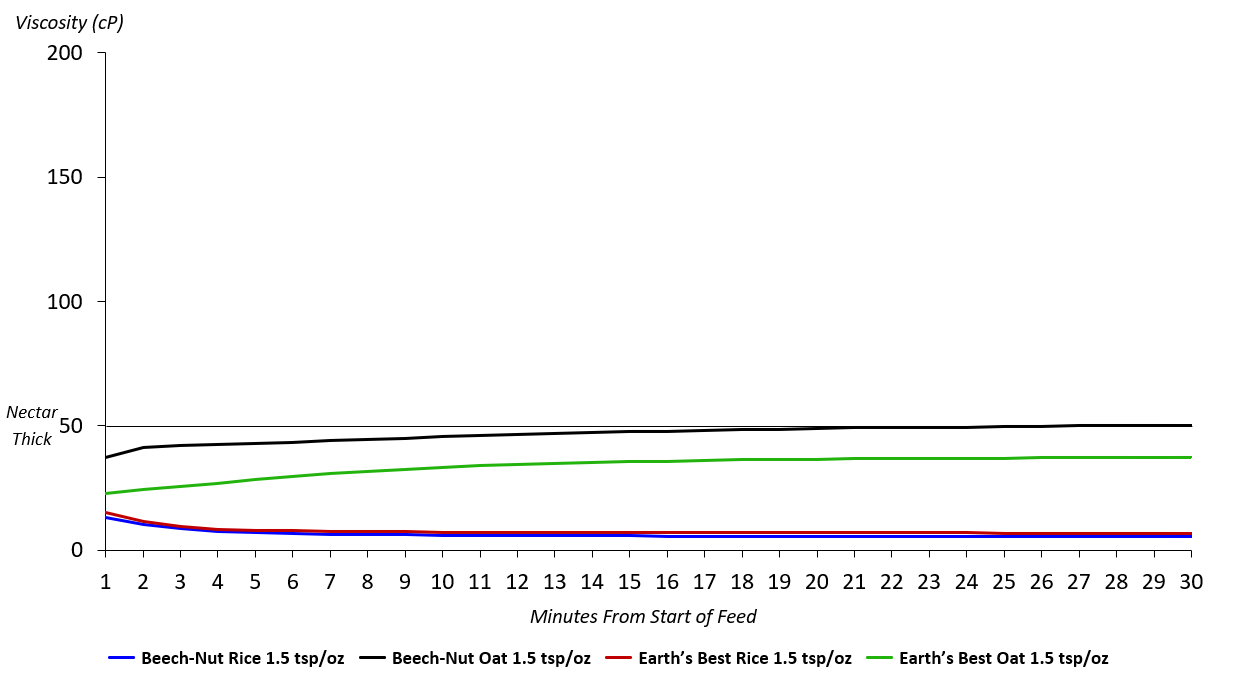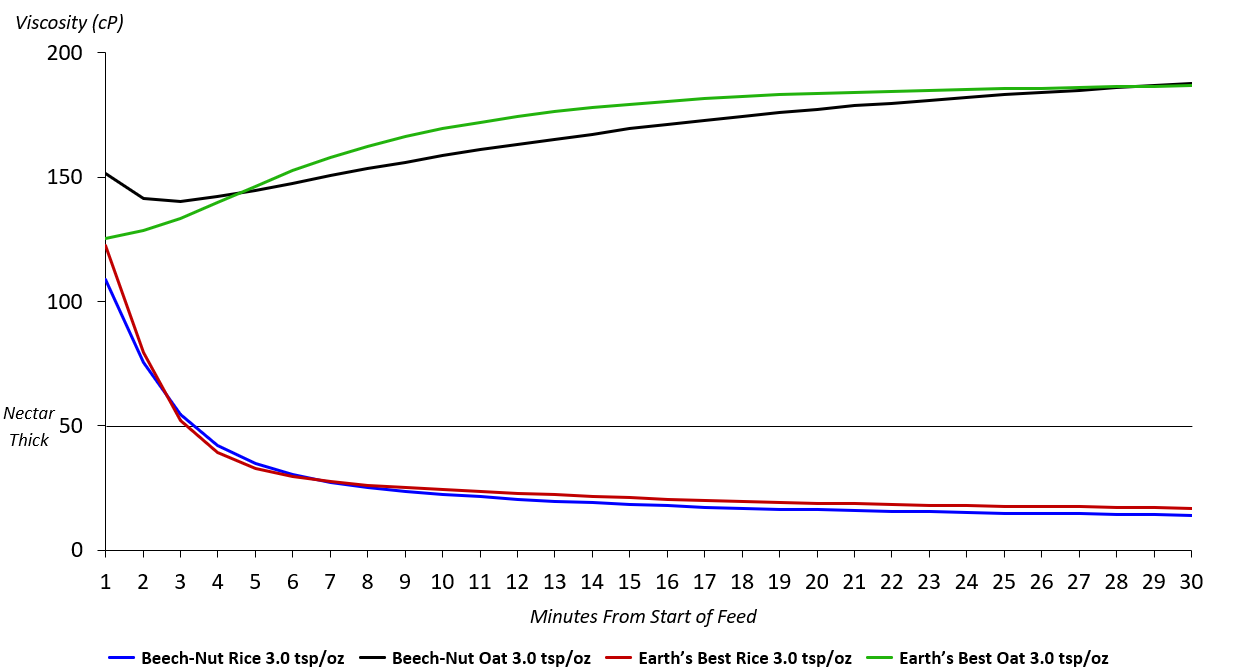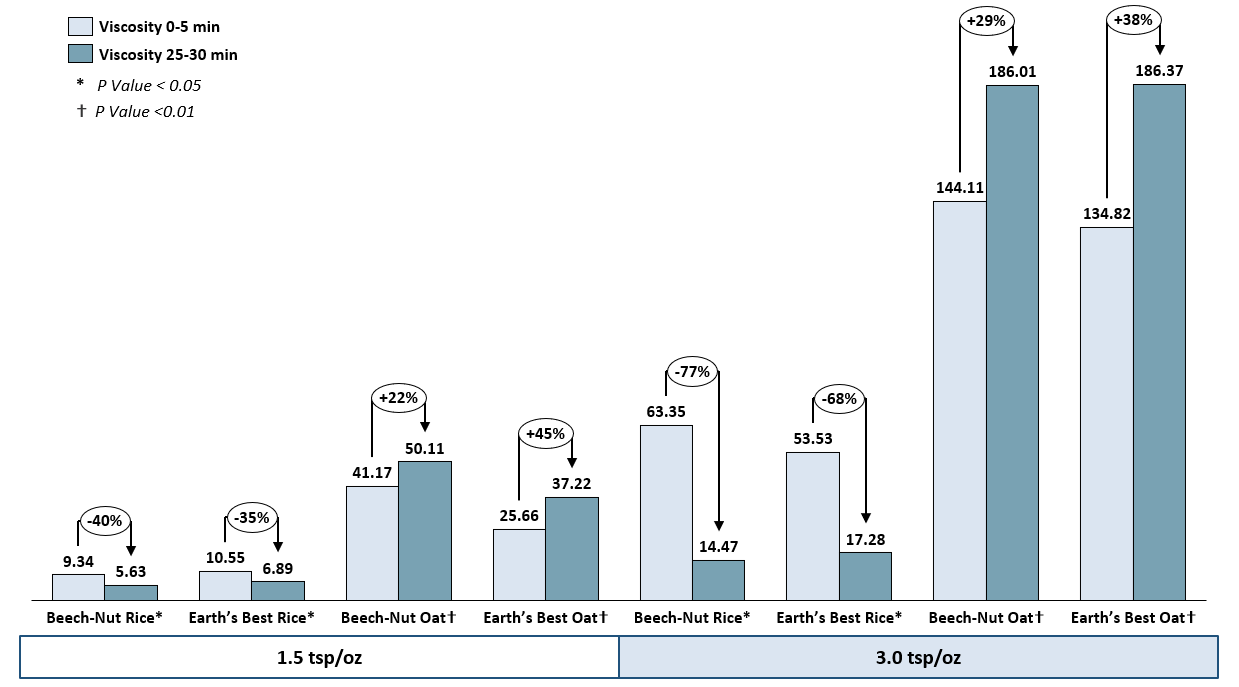Breastfeeding/Human Milk
Breastfeeding/Human Milk 1: Human Milk in the NICU
356 - The Importance of Breast Milk Viscosity in the Management of Neonatal Dysphagia and Gastroesophageal Reflux (GER)
Friday, April 28, 2023
5:15 PM - 7:15 PM ET
Poster Number: 356
Publication Number: 356.101
Publication Number: 356.101
Jennifer Kaswick, Maria Fareri Children's Hospital at Westchester Medical Center, New York City, NY, United States; Matthew Armstrong, NNL, Clifton Park, NY, United States; Regina Eichenberger, Maria Fareri Children's Hospital at Westchester Medical Center, Chappaqua, NY, United States; Tina Roeder, Westchester Medical Center, Piermont, NY, United States; Boriana Parvez, Maria Farreti Children’s Hospital, WMC, New York Medical College,, Valhalla, NY, United States

Jennifer Kaswick, MD
Neonatology Fellow
Maria Fareri Children's Hospital at Westchester Medical Center
New York City, New York, United States
Presenting Author(s)
Background: Safe oral feeding skills and the absence of apnea, attributed to gastroesophageal reflux (GER), are prerequisites for discharge home from the NICU. Thickening feedings with cereal, which increases viscosity, is the mainstay of management to reduce the risk of aspiration from dysphagia or GER. The National Dysphagia Diet (NDD) recommends thickening to increase viscosity. However, there is currently a lack of standardized recipes for thickening infant feedings. Thickening breast milk is considered challenging due to its innate amylase enzymes that rapidly digest cereal starches. As a result, breast milk is frequently replaced with thickened formula, losing the numerous benefits breast milk provides.
Objective: Given the protective nature of breast milk, we sought to determine if breast milk can be thickened to a nectar thick consistency (51-350 centipoise [cP] viscosity) enabling infants with dysphagia and GER to continue receiving breast milk.
Design/Methods: We measured the viscosity of fortified, thickened, pasteurized donor breast milk using a Discovery Hybrid Rheometer-3, applying a shear rate of 50c-1 (the most frequently cited value in dysphagia studies) over a period of 30 minutes, the duration of a standard feeding. Measurements were obtained every second and averaged over each minute. Fortification (22 cal/oz) was accomplished with a cow’s milk derived whey fortifier, Mead Johnson’s Human Milk Fortifier, commonly used in the NICU at the start of oral feedings. One ounce of warm (37°C, body temperature) breast milk was thickened with 1.5 and 3.0 tsp of Beech-Nut and Earth’s Best Organic Rice and Oatmeal cereals. The average viscosity, with three samples for each condition, is presented in cP.
Results: Only oat-based cereals achieved nectar thick viscosity, at 1.5 tsp of Beech-Nut and 3.0 tsp of both Beech-Nut and Earth’s Best (Graphs 1 and 2). The desired viscosity with oat cereal was sustained and increased with 3.0 tsp of oat cereal throughout the 30 minutes, in contrast to rice cereal, which declined in viscosity over the 30 minutes (Graph 3). However, 3.0 tsp of rice cereal reached nectar thick viscosity briefly but declined by 4 minutes (Graph 2).
Conclusion(s): We demonstrated that fortified breast milk can effectively be thickened with oat cereal to a nectar thick consistency and desired viscosity. Our findings support the use of breast milk in the NICU for infants with dysphagia and GER to facilitate discharge home.



